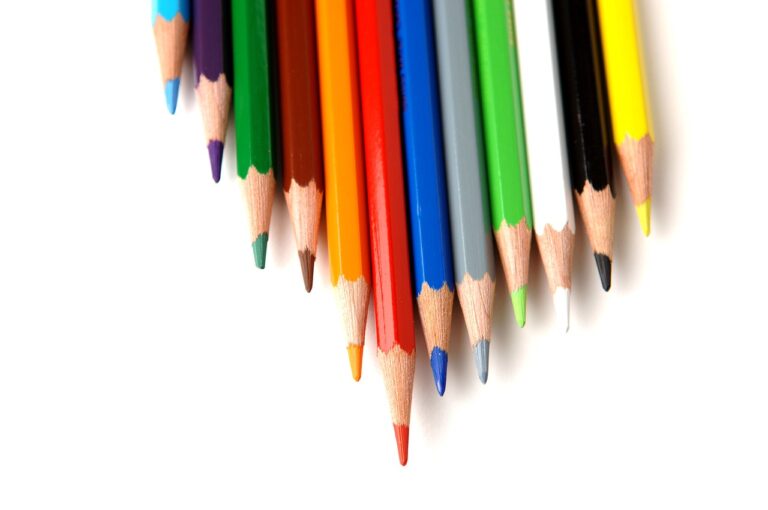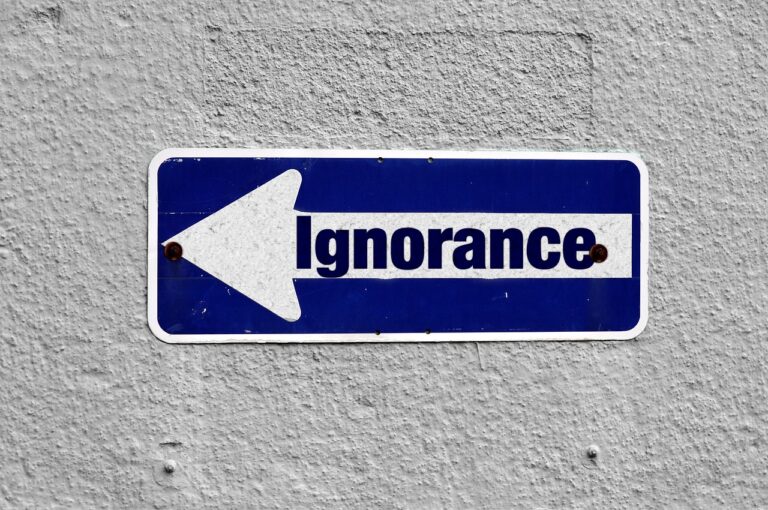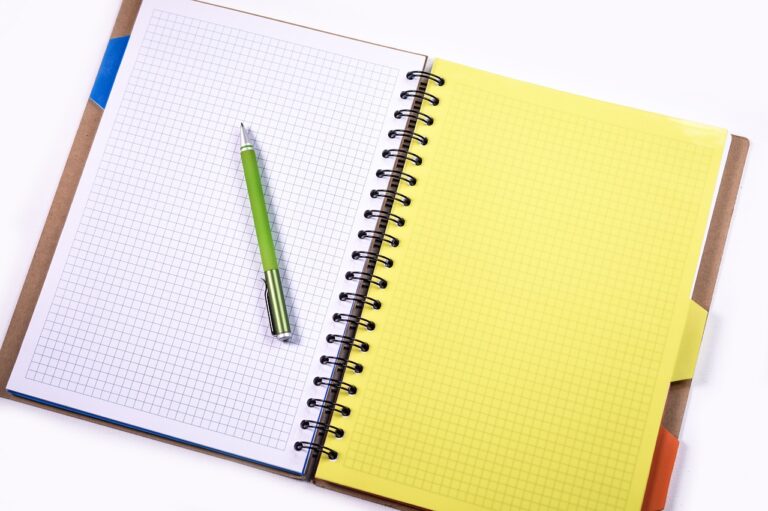Accessible Educational Materials: Ensuring Equitable Access for All Students
Accessible educational materials are crucial for ensuring that all students have equal opportunities to learn and succeed. By making materials such as textbooks, online resources, and classroom activities accessible to students with disabilities, educators can create a more inclusive learning environment where everyone can fully participate and engage with the curriculum.
When educational materials are not accessible, students with disabilities may face barriers that impede their ability to access information and fully participate in lessons. Providing accessible materials not only benefits students with disabilities but also enhances the educational experience for all students by promoting diversity, equity, and inclusion in the classroom.
Accessible educational materials ensure that all students have equal opportunities to learn and succeed
Materials such as textbooks, online resources, and classroom activities should be made accessible to students with disabilities
Inclusive learning environments are created when accessibility is prioritized in education
Barriers faced by students with disabilities can be overcome through the provision of accessible materials
Enhancing the educational experience for all students is achieved through promoting diversity, equity, and inclusion in the classroom
Understanding Different Types of Disabilities
There are various types of disabilities that students may experience, each presenting unique challenges in the educational setting. Physical disabilities involve limitations in mobility or physical functioning, making it difficult for students to navigate their environment or participate in activities that require physical coordination. Visual impairments can range from partial sight to total blindness, impacting a student’s ability to read text, view presentations, or engage in visual learning experiences.
Another common type of disability is hearing impairment, which can affect a student’s ability to process auditory information, communicate effectively, and fully participate in discussions or lectures. Cognitive disabilities, such as learning disabilities or intellectual disabilities, can impact a student’s ability to comprehend information, problem-solve, or retain knowledge. It is crucial for educators to have an understanding of these various types of disabilities in order to provide appropriate accommodations and support for students with diverse needs.
Challenges Faced by Students with Disabilities
Students with disabilities encounter various obstacles when it comes to accessing educational resources and materials. One common challenge is the lack of accessibility features in learning materials, such as textbooks and online resources, which makes it difficult for students with disabilities to fully engage with the content. This leads to a disparity in learning opportunities and hinders their academic progress.
Moreover, students with disabilities often face social and emotional challenges in educational settings. These can include feelings of isolation, discrimination, and the stigma associated with their disabilities. Such negative experiences can impact their self-esteem and confidence, making it harder for them to participate actively in classroom discussions and activities.
What are some common challenges faced by students with disabilities in the educational setting?
Students with disabilities often face challenges such as lack of accessibility to educational materials, limited support services, and discrimination from peers or educators.
How can accessible educational materials benefit students with disabilities?
Accessible educational materials can help students with disabilities in effectively learning and understanding the content, participating in class activities, and achieving academic success.
How can educators better support students with disabilities in the classroom?
Educators can support students with disabilities by providing accommodations, creating an inclusive learning environment, and promoting awareness and understanding of different types of disabilities.
What are some common types of disabilities that students may face in the educational setting?
Some common types of disabilities that students may face include learning disabilities, physical disabilities, sensory impairments, and mental health disorders.
How important is it for educational institutions to be inclusive and supportive of students with disabilities?
It is vital for educational institutions to be inclusive and supportive of students with disabilities to ensure equal access to education, promote diversity, and foster a positive learning environment for all students.







